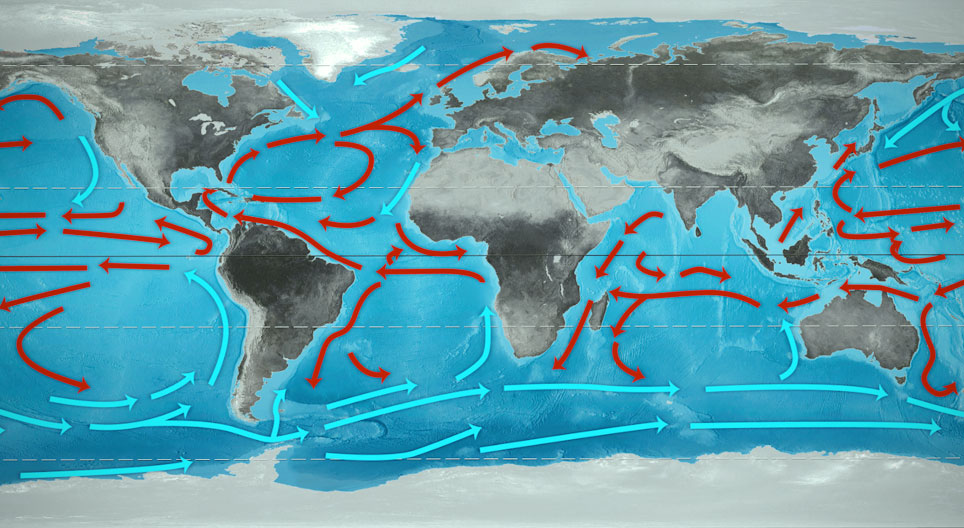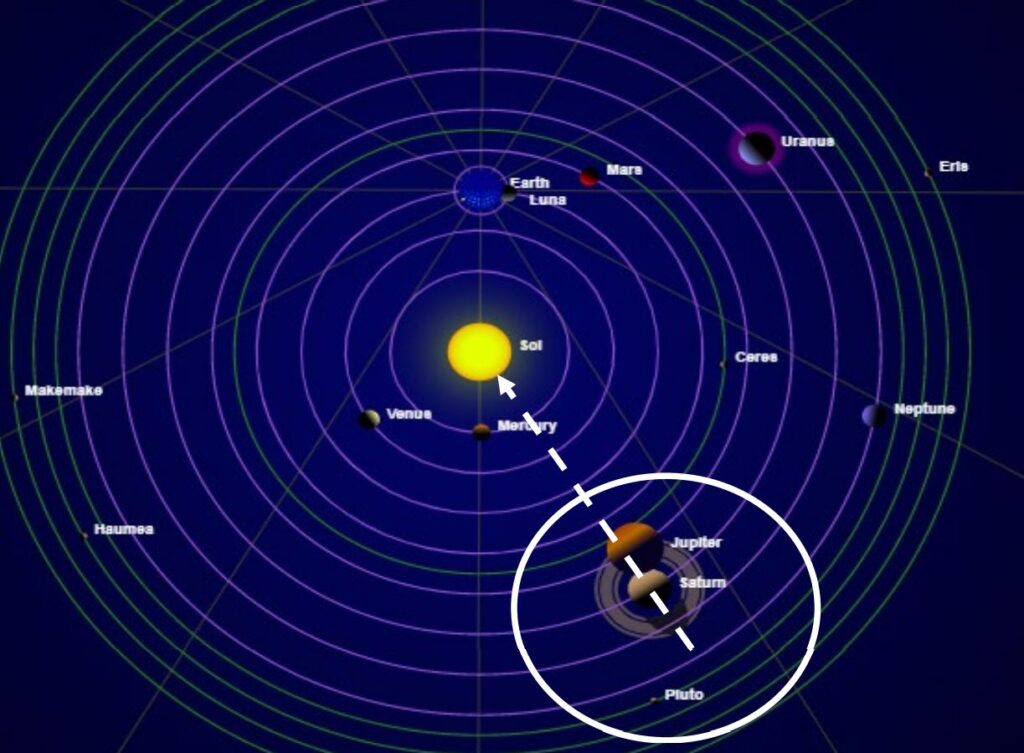
Figure 1. The Pacific Ocean spans one third of Earth’s circumference
The oceans cover 71% of the Earth’s surface. Thus the oceans receive a much larger share of the Sun’s energy than the continents. Quite logically, the temperature of the atmosphere depends on that in the oceans, not the other way around, something that professors Ole Humlum and Jan Erik Solheim have shown.
The IPCC’s ‘climate models’ are calculated on the wrong problems
As can be seen from yesterday’s post, changes in the atmosphere are calculated in computer simulations like qualified weather forecasts, which according to the latest report AR6 have also been adjusted for certain changes in the Sun’s activity. However, the climate is a chaos, something that by definition is “incalculable”. So much input data must be guessed, that the calculations become meaningless.
To this lack of good judgement, we must add that all the simulations deal with the wrong problem: What happens in the atmosphere, when what happens in the oceans is more important.

Figure 2. Hot currents at the surface, red, and cold ones in the depths, blue
But this picture is only schematic. The strength of the currents varies over time, they move and can even change direction.
What happens in the depths of the oceans is incompletely known.
The water in the oceans makes up about 99% of all heat capacity above the earth’s crust. Therefore, they are absolutely crucial to the planet’s climate.
It would be more important to computer simulate what is happening in the oceans, but the knowledge of the starting point is even more incomplete than for the atmosphere.
Even more important are the Sun and the Solar System
All energy comes from the Sun. Its “weather” is also a chaos, but some regularities have been established. NASA presented the research findings in detail in 1978. These have been further developed by Irina Kitiashvili and Valentina Zharkova. Wolfgang Gleissberg and Theodor Landscheidt have found several cyclic processes with different periodicity. The latter has shown how the center of rotation of the Solar System varies with the positions of the planets.

Figure 3. The heavy planets Jupiter and Saturn cause something similar to tidal waves on the Sun
This happens when they are immediately next to each other. On 21/12 2020, the two planets were as close to each other as they last were in 1620.
Gleissberg found a cyclical variation, which can be attributed to the slightly less heavy planets Uranus and Neptune.
Undoubtedly the Sun has the greatest influence on the Earth’s climate. Its activity is clearly affected by the positions of the planets. These can be calculated with great accuracy, but it is not yet understood how the effects interact. With purposeful research on this as a basis, computer simulations of the Sun’s effect on our climate could be meaningful.
The “climate models” are WRONG three times over ! !
- They are calculated on an unpredictable chaos. So results are meaningless!
- They are calculated on processes in the atmosphere, although those in the oceans are more important.
- They refer to the events down on Earth, although those up in the sky, in the Solar System, are more important.
Within the foreseeable future, the state of knowledge may not be sufficient for meaningful computer simulations of any of the three alternatives.
Sture Åström
Secretary of KLIMATSANS (Climate Sense)
+ – + – + – +
Havens inverkan på temperaturen i atmosfären, dess andel, är ju mycket intressant och förmodligen relevant. Bara vetskapen om att havsströmmar med bl.a. olika temperatur har sina rutter, men också verkar kunna ändra banor, borde utgöra ett stort fokus i jakten på vår förståelse, särskilt eftersom den största andelen lagrad energi som har utbyte med atmosfären finns i haven.
Vi pratar alltså och inkommande energi, lagrad energi och utgående energi, medans IPCC, princip, koncentrerar sig på en liten “andra klassens” värmestrålningsabsorbent i atmosfären (vattenånga överlägsen), och tror sig kunna hitta mönster från endast den!?
Det borde ju vara så, att ökad temperatur i atmosfären kan komma från ökad instrålning, från ökad yttemperatur i haven och från ändrad sammansättning i atmosfären ( molekyler och moln av vattenånga). Går det att få en helhetsbild av detta värmeflöde, mer intressant, går det att förutse framåt?